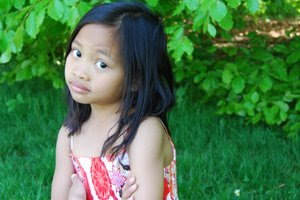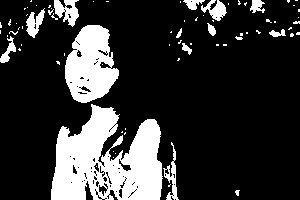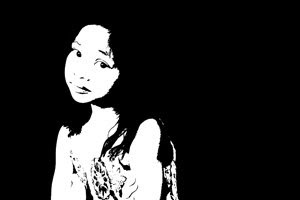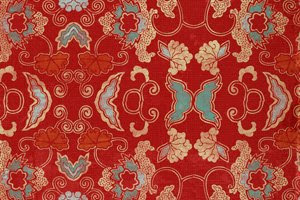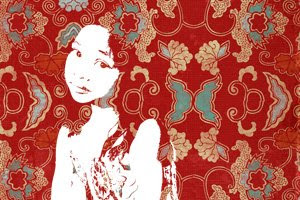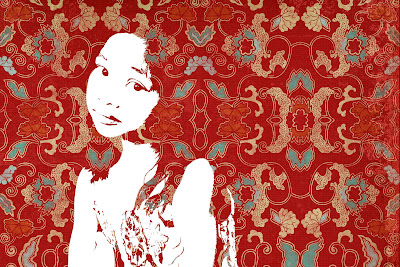I am still very much a beginner, getting a good photo is still more a matter of good luck than skills, but I am spending more and more time trying to learn about my camera and master the manual more of my DSLR.
That's how I came across the term bokeh, which seems to refer to the blurry bits of your photo. Trivial? Google it and you find out how many people are obsessed about it.
I was thinking, right, but at the moment I am more worried about the bits that SHOULD be in focus but are not, thank you. Then I found out that you can trick your camera to make cute shaped bokehs.
Look at this photo of my Maneki Neko:
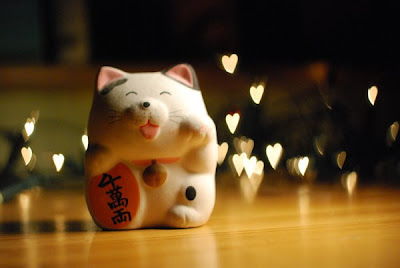
{ wanna know what is a maneki neco? check mella's blog }
Don't you love the cute hearts behind the cat? How did I do it? Look here.
You can cut out your heart (or whatever else) manually but I used a small heart shaped punch.
There's a bit of trial and error before you get a satisfactory result. The easiest way to get an array of heart shaped images in your photo is to use fairy lights. Test taking some photos of them (without the hood), you're after a nice round blurry light, just like here:
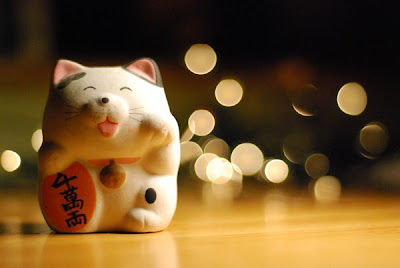
When you get the result above, put your hood on and take a photo with the same settings. Enjoy!







